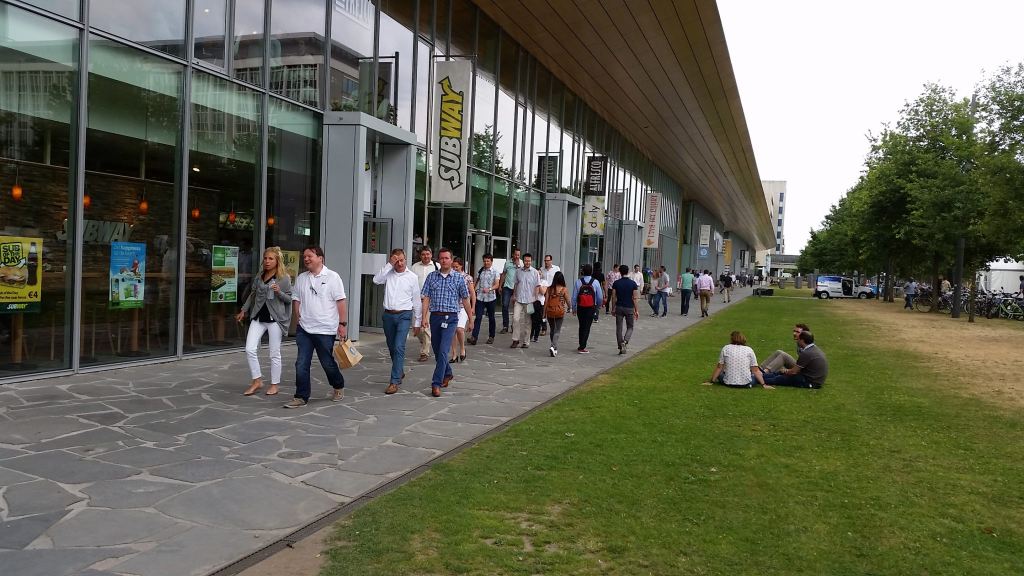
International knowledge workers aren’t coming to Eindhoven for the money, or at any rate, their average income is around 20% less than the average Dutch income. What’s more, their income has fallen by about 13% over the last few years, according to research by the Netherlands Foreign Investment Agency (NFIA), part of the Ministry of Economic Affairs. The Expat Center South, located on the Vestdijk in Eindhoven, but responsible for expat assistance throughout Brabant and Limburg, carried out the study.
For the most part, knowledge workers earn between €25,000 and €50,000 a year. Almost 80% of migrant workers receive a salary of up to €25,000. In 2013, the average annual salary of an international employee in Noord-Brabant was €27,500, and even lower in Limburg at €24,500. The average income in the Netherlands is € 33,000.
Growth
The study also reveals how rapidly the pool of knowledge workers has grown over recent years. In 2013, there were almost 109,000 international employees in the south of the Netherlands, compared to 58,000 in 2009. Noord-Brabant has the largest international worker population, with around 71,000. In 2013, Eindhoven had almost 10,000 international employees, while Tilburg had around 6,000, Breda 5,000 and Maastricht 3,000.
The number of internationals in the workforce continues to rise. Although total employment fell by 3% between 2009 and 2013, the international labour force significantly increased by an average of 56% throughout the whole of the Netherlands (71% in Noord-Brabant and 123% in Limburg).
Knowledge workers account for 16% of all international employees in Noord-Brabant, compared to 11% in Limburg and 14% in the south of the Netherlands as a whole. And this is where Eindhoven really stands out: 35% of international employees are knowledge workers and this figure just keeps on rising. In Maastricht, the proportion currently stands at 28%, but it’s falling. Knowledge workers in Eindhoven primarily hail from Germany, Belgium, the UK and India, while the migrant workers tend to come from Poland, Germany, Turkey and China.
The length of economic activity continues to reduce among knowledge workers in the south of the Netherlands. It’s like the changing of the guard, only much more often. Of the international employees arriving in 2009, only 76% remained economically active after 1 year, and 61% after 2 years. Of those starting work in 2011, only 70% were still working after 1 year, and barely 50% after 2 years. In 2012, the number of employees still economically active after 1 year had further reduced to 63%. This inactivity means one of two things: that the international is unemployed or has left the country
Students
The total number of students has risen from 3,000 in 2009 to around 16,000 in the south of the Netherlands, that is, 5,000 in Noord-Brabant and 11,000 in Limburg. Maastricht boasts the most international students with approximately 7,800. Eindhoven follows with almost 2,000 international students in higher education. The number of international students in Eindhoven rose by almost 46% in Eindhoven and almost 20% in Maastricht between 2009 and 2013.
With 36% of the international students, Eindhoven is the main student city in Noord-Brabant. Maastricht carries this title in Limburg with 67% of the international students. Relatively speaking, Eindhoven hosts a lot of Chinese students, who comprise 17% of the total number, followed by German and Indian students.

